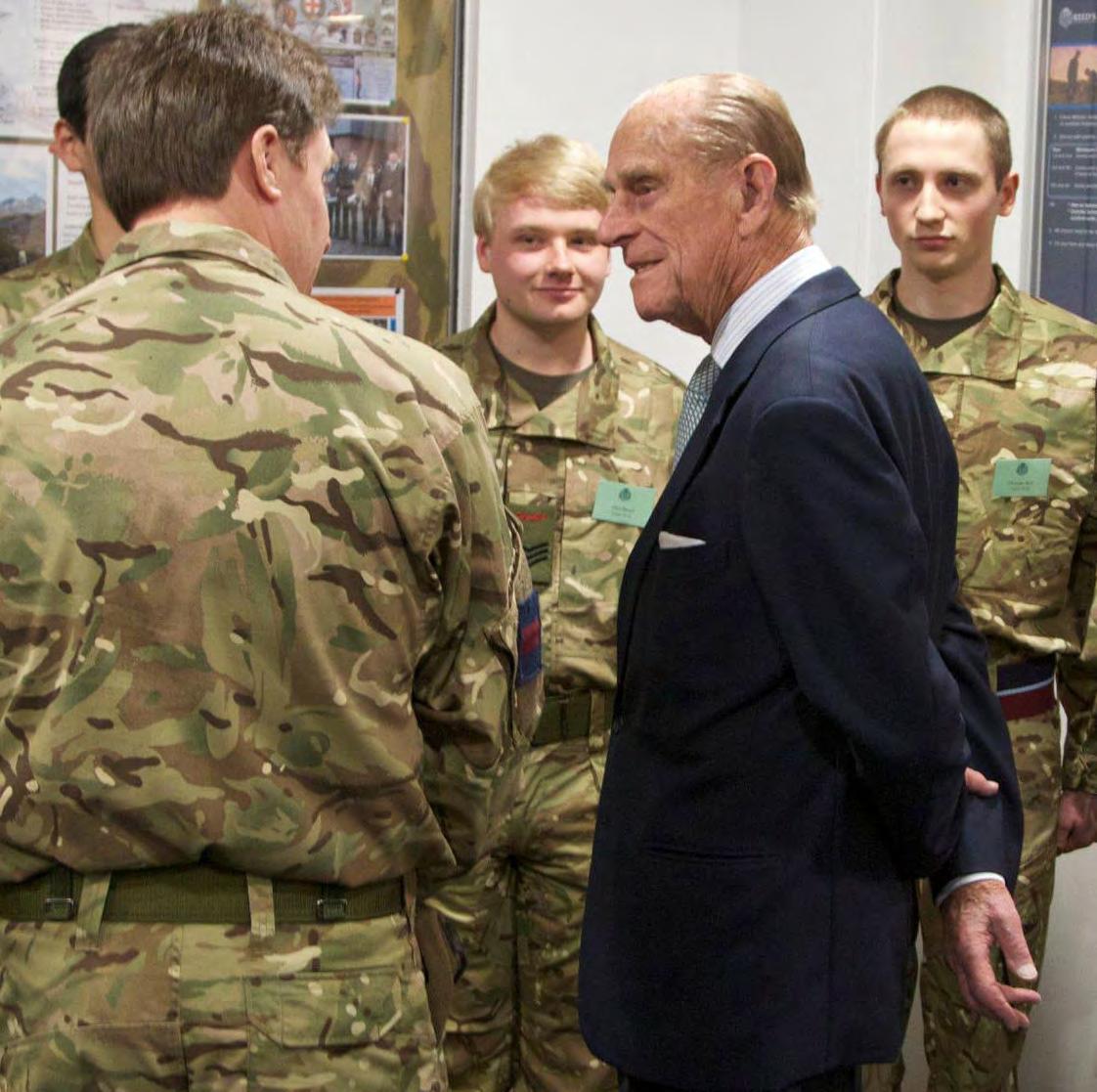
6 minute read
The Duke of Edinburgh Award
With many Old Reedonians having taken part in the Duke of Edinburgh Awards over the years, we thought a short article about the life-work of His Royal Highness Prince Philip might be an appropriate tribute. We’re sure it will be bring back lots of fun and challenging memories…it certainly did for one OR, Tom Hardiment (Mullens 1984).
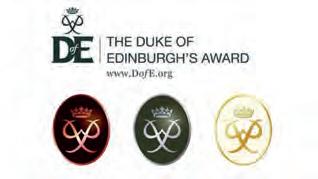
Advertisement
History of the Awards
The Duke of Edinburgh Award was launched by His Royal Highness Prince Philip on 1st September 1956. Originally, the Scheme was aimed at boys between the ages of 15 and 18, but two years later girls were given their own Awards and, over a period of time, a single programme was adopted for all young people between 14 and 24 years of age.
The purpose and principles of the Awards were best outlined by the Prince himself in the introduction to the International Handbook for Award Leaders, published at the beginning of the 21st Century.
‘Young people growing up in this modern and complicated world have many difficulties to face, and opportunities for personal achievement are often limited. At the same time, parents, teachers, voluntary organisation leaders and employers who recognise their responsibilities towards young people also have their challenges. The Award is intended to help both the young as well as those concerned for their welfare. The object is to provide an introduction to worthwhile leisure activities and voluntary service, as a challenge to the individual to discover the satisfaction of achievement, and as a guide those people and organisations who would like to encourage the development of their young fellow citizens.’
Throughout its existence, the programmes have helped young people develop new skills, build confidence, improve their community and environment, train for and complete an expedition and, in the case of the Gold Award, work with a team on a residential activity.
Reed’s School and the Awards
Twenty-one years after the launch of the Awards in September 1977, the School started to offer the opportunity for boys in the Fourth Form to take part, as an alternative to joining the Combined Cadet Force. Under the leadership of Bristowe Housemaster, Basil Green, 33 boys took part in the first year working towards the Bronze Award. The first cohort had the added highlight of meeting the Duke during his visit to Surrey to observe the award scheme in action. including the attainment of the St John’s Ambulance First Aid Certificate, a 15-mile journey along the North Downs including a one night camp, a fifty mile cycle ride to and from Horsham by two participants and a range of other endeavours from shooting to the construction of a radio.
In the early years of the Awards, it proved difficult sometimes to find individuals with the necessary skills and experience to teach the boys but support from parents and teachers helped bridge the gap.
Prince Philip and Nick Woollard at Reed’s 40 years ago
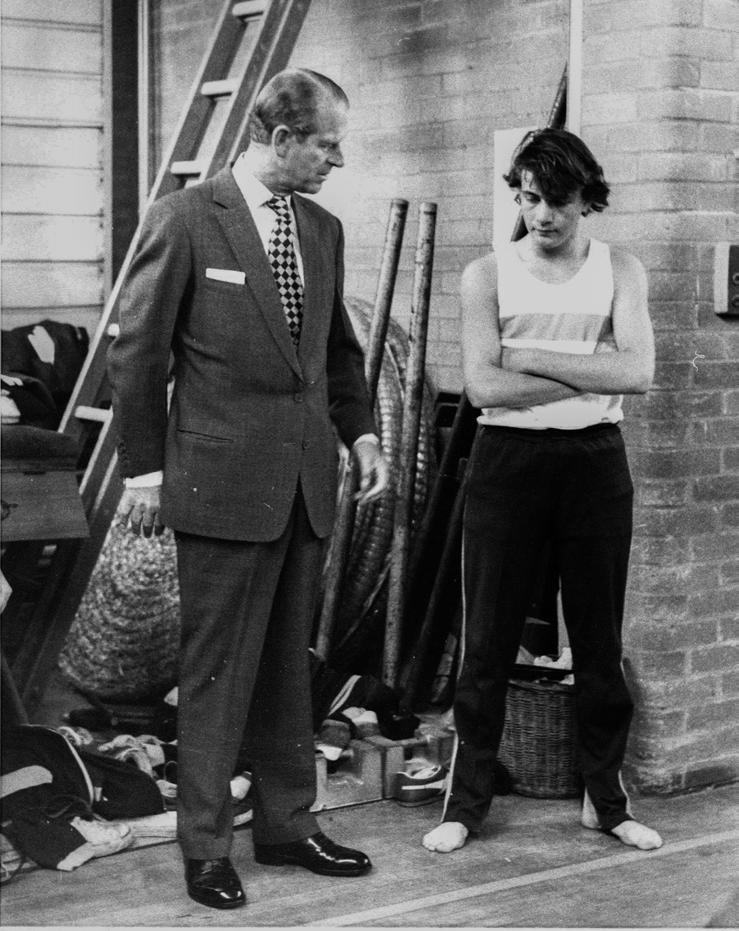
mentioned specifically in the pages of the Reedonian magazine, it seems highly likely that Tyson took a keen interest in the fledgling Award Scheme activities. He had studied Geography at Magdalen College, Oxford, was a very keen and experienced mountaineer and between 1952 and 1969 had led five scientific expeditions to the Himalayas.
The benefits of the programme were seen a year later when 18 Bronze Awards were handed out, not to mention the two night, 30-mile hike in the New Forest when one group of boys was the first on the scene of a fire, which they helped to contain while the Fire Brigade was called.
Arguably, the high point for the School’s programme in its early years came in 1984 when it was announced that Peter Potts (Blathwayt 1985), Robert Lee (Mullens 1984), Nicholas Haigh (Mullens 1984) and Tom Hardiment (Mullens 1984) had achieved the Gold Award following an expedition in the Black Mountains of Wales. We’re lucky to have Tom tell us about this in his own words.
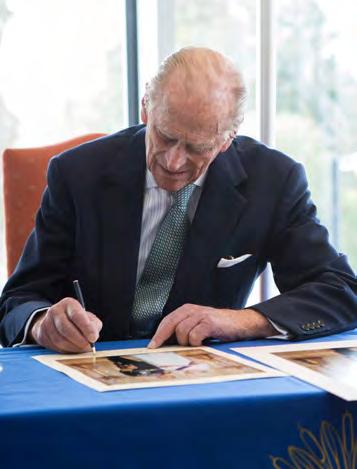
Tom Hardiment 1982
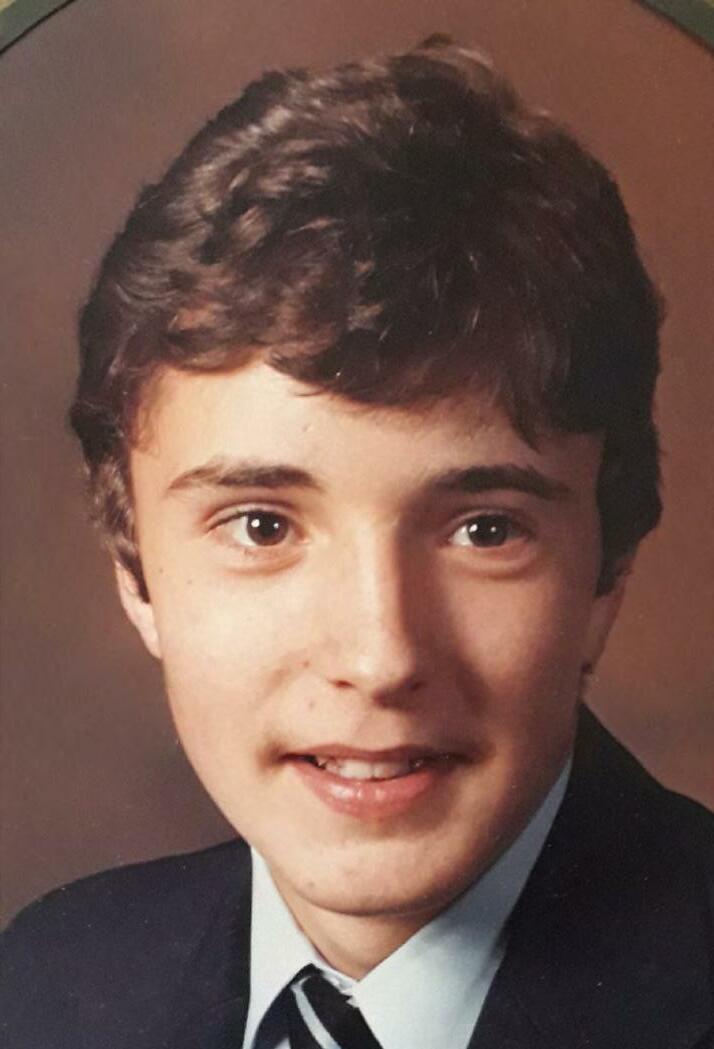
My Part in The Duke of Edinburgh Award Scheme Tom Hardiment (Mullens 1984)
Please forgive the cliché but participating in the DofE Gold Award was one of the best things I’ve ever done. It’s given me a full and rich memory bank to draw on; from seeing the sunrise above the summer mist on Dartmoor to crisp November sunsets over the Black Mountains.
I will never forget the generosity of the farmer and the taste of the cool water drawn from his well when we desperately needed to refill our empty canteens in the 1983 July heat wave on Dartmoor, or, with the help of the Headcorn Parachute Club, the sensation of jumping out of an Islander aircraft at 2000 feet over the Kent countryside. I’d always wanted to make a parachute jump and there I was realising my lifelong wish, looking down at my feet dangling above the fields below. teenage devices and it was only made possible with the well organised structure in place at Reed’s and the help of the teachers who gave up their spare time selflessly; amongst them Basil Green, Keith Youde and Alan Hickman.
I was also lucky to have a solid group of friends to hike with on the four-day, 50-mile expedition: Rob Lee (Mullens), Pascal Shaw (Mullens), James Grist (Blathwayt) and Mark Foulsham (Blathwayt). Thirtyyear reunion trek from Hay Bluff to the Llanthony Abbey bar anyone?
After starting in the autumn of 1982 and completing the five required elements, it culminated in meeting the Duke of Edinburgh at St James’s Palace for the award ceremony. I was fortunate enough to chat with him for a few minutes; I put it down to achieving the School Arts, Music & Drama Colours in the Upper Sixth. As he approached our crescent of a dozen Gold Award holders, my unusual grey and gold embroidered tie must have caught his eye:
Tom Hardiment 2021
Sunrise on Dartmoor

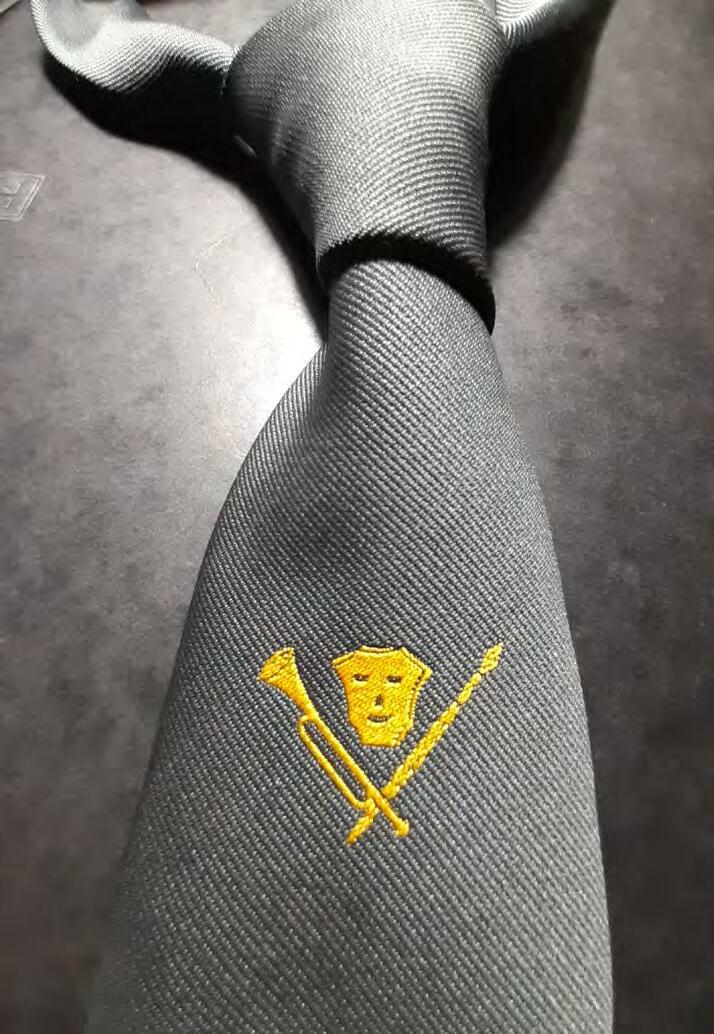
‘That’s an interesting tie young man, what’s your name?’ he asked.
‘My name is Tom, Your Royal Highness,’ I replied, ‘and this tie is the School Arts, Music and Drama Colours.’
‘And which one did you do then Tom?’
‘I did all three Sir.’
‘I see, and which was your favourite?’
‘Music Sir. I played trumpet in the School orchestra and wind band.’
‘Very good and what was the last thing you played?’
“It was The Last Post at the School Remembrance Service in November, Sir.’ ‘Ah yes, a very important piece. Well, Tom, you must come and play it for us at the Festival of Remembrance in the Royal Albert Hall next November,’ he said and, with a sideways glance and a subtle smile, he moved on to the next crescent of recipients.
We both knew I would not be receiving that invite but, I saw, in his easy-going sense of humour, a kind way of putting my nerves at ease. It was certainly his room and he clearly enjoyed the occasion as much as we did.
The scheme he created is life changing – with no hidden agenda – just simply to help young people to take part and test themselves. If I may add another cliché: I’d highly recommend it to anyone who has the chance, whether at Bronze, Silver or Gold level, they will certainly make positive, lifelong memories.









